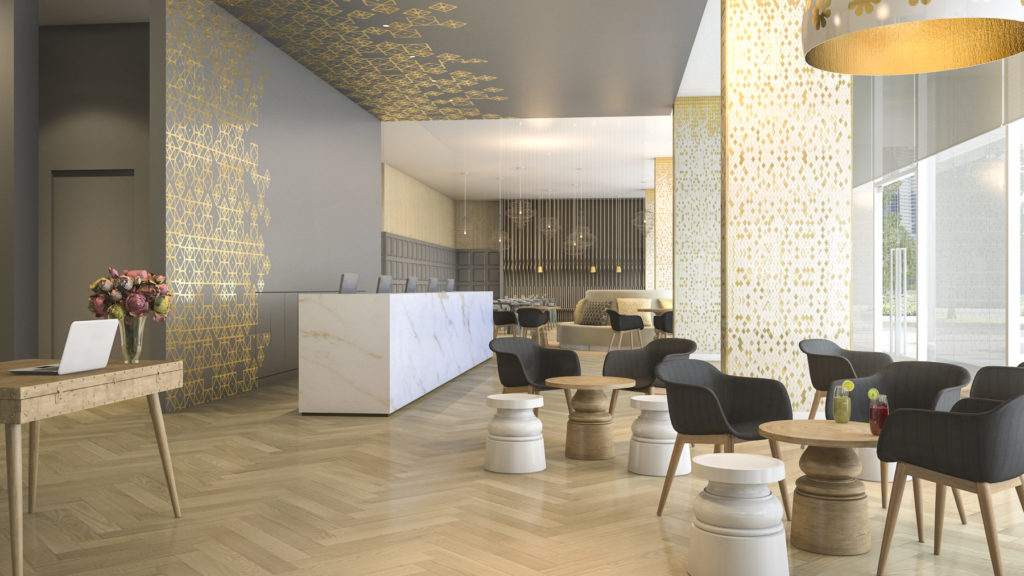
Here, we present a guide to the five most common commercial HVAC systems for your consideration.
It won’t be long until July arrives. In fact, by the time you read this article, the new month might already have begun. Considering that the temperature outside will consistently climb into the 90s or even break the 100s, you’re going to have to find unconventional ways to keep everyone cool. Here, we present a guide to the five most common commercial HVAC systems for your consideration.
The Rooftop Unit
First, let’s look at the rooftop-based commercial HVAC system. Also known as RTU, these units are self-contained systems that are typically used for smaller commercial buildings. Every component of a fully functioning HVAC is embedded inside the machine. One specific zone of the building benefits from customizable levels of heating and cooling – perhaps routed to your office space and not those of the other tenants? These units are commonly seen equipped on flat-roof buildings. Since they are exposed to the elements, they are manufactured to withstand the ravages of inclement year-round weather and fierce summer storms.
The Ductless Mini-Split
We now turn our attention to the ductless mini-split. Although this system might seem more at home attached to a residence, it’s also quite a useful addition to small business settings. Smaller office buildings do not require the full load demand that a larger HVAC system could potentially provide. So if you are a facility manager for just such a venue, or a shop or cafe, this could be the right choice for you. Another reason to consider the ductless mini-split system for your commercial or retail location? You won’t need the associated ductwork!
The Ducted Split System
The ducted split system sounds like a less attractive option than its ductless counterpart, but that would be an easy mistake to make. As it turns out, ducted splits are sleeker and more aesthetically pleasing. They do not need the functional unsightliness of the wall-mounted equipment that ductless setups use. The ducted split system is a fantastic upgrade or replacement for your current HVAC configuration. It helps with energy efficiency, after all!
Variable Air Volume Systems (VAV)
The VAV relies on a single duct supply-and-return arrangement. While the temperature setting displayed on the thermostat stays consistent, the variable airflow running through the system provides heating or cooling as needed. This setting represents great news for those employees who are sweating through humid mornings or sweltering afternoons!
Variable Refrigerant Flow (VRF)
Finally, let’s finish our discussion with a closer look at VRF systems. This modern variant of HVAC design hinges on the presence of a heat pump. There are also heating and cooling lines that deliver refrigerant fluid. Lastly, the evaporator contains a condenser that runs on its own.
Crockett Facilities Can Help!
Crockett Facilities Services, Inc. (CFSI) is committed to helping building owners, property managers, engineers, and facility professionals navigate the post-COVID-19 environment. We can develop a cost-effective, customized program for your building that will mitigate the potential health risks of COVID-19. Click Here to Request a Quote
To learn more about the importance of reopening your building safely, please contact us at 202.600.2787 or sales@crockett-facilities.com. Our PM contract customers receive priority treatment with 24/7 emergency service in Maryland, Virginia, and Washington, DC. Follow us on Facebook, Twitter, LinkedIn, and Pinterest!
